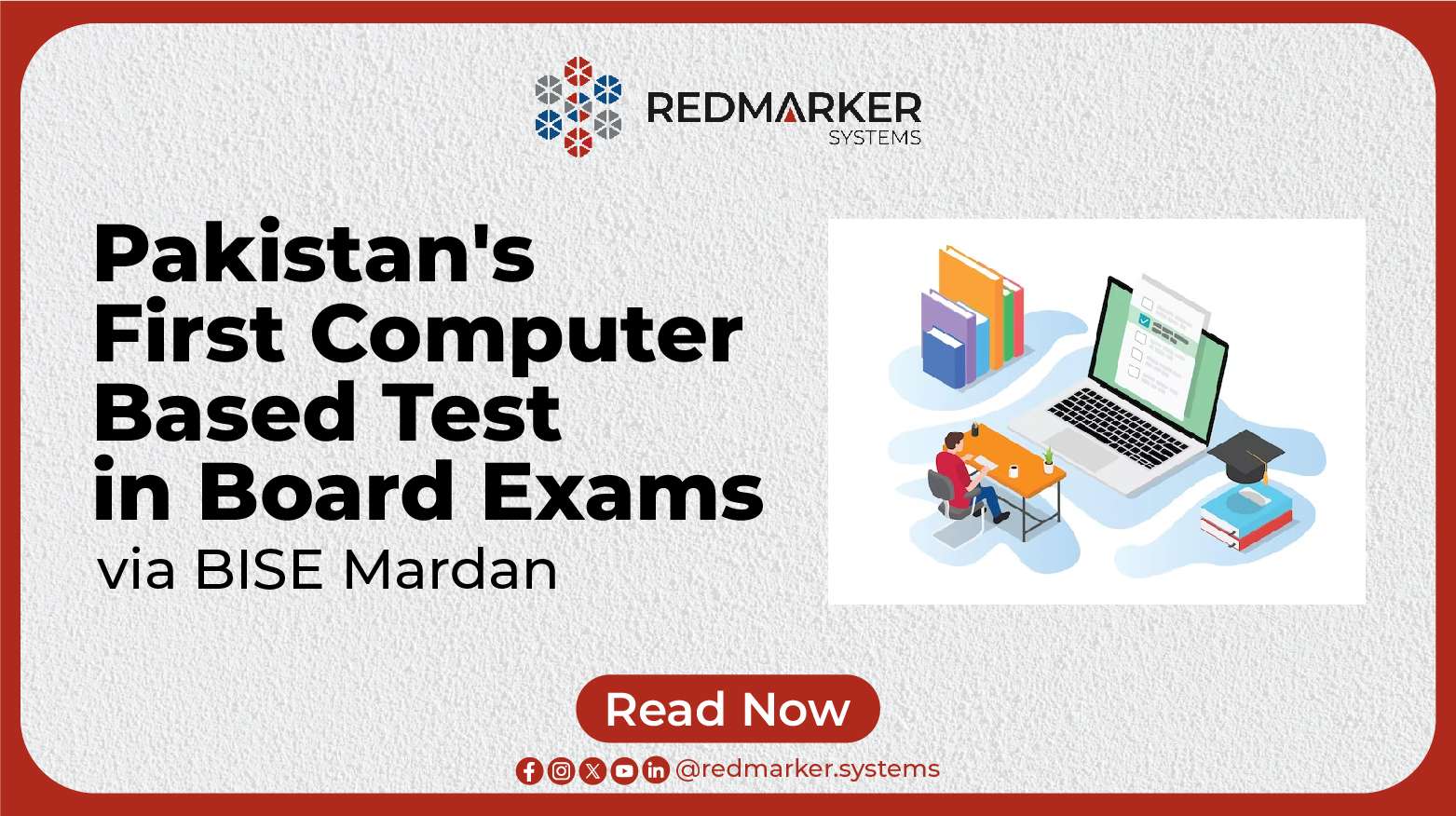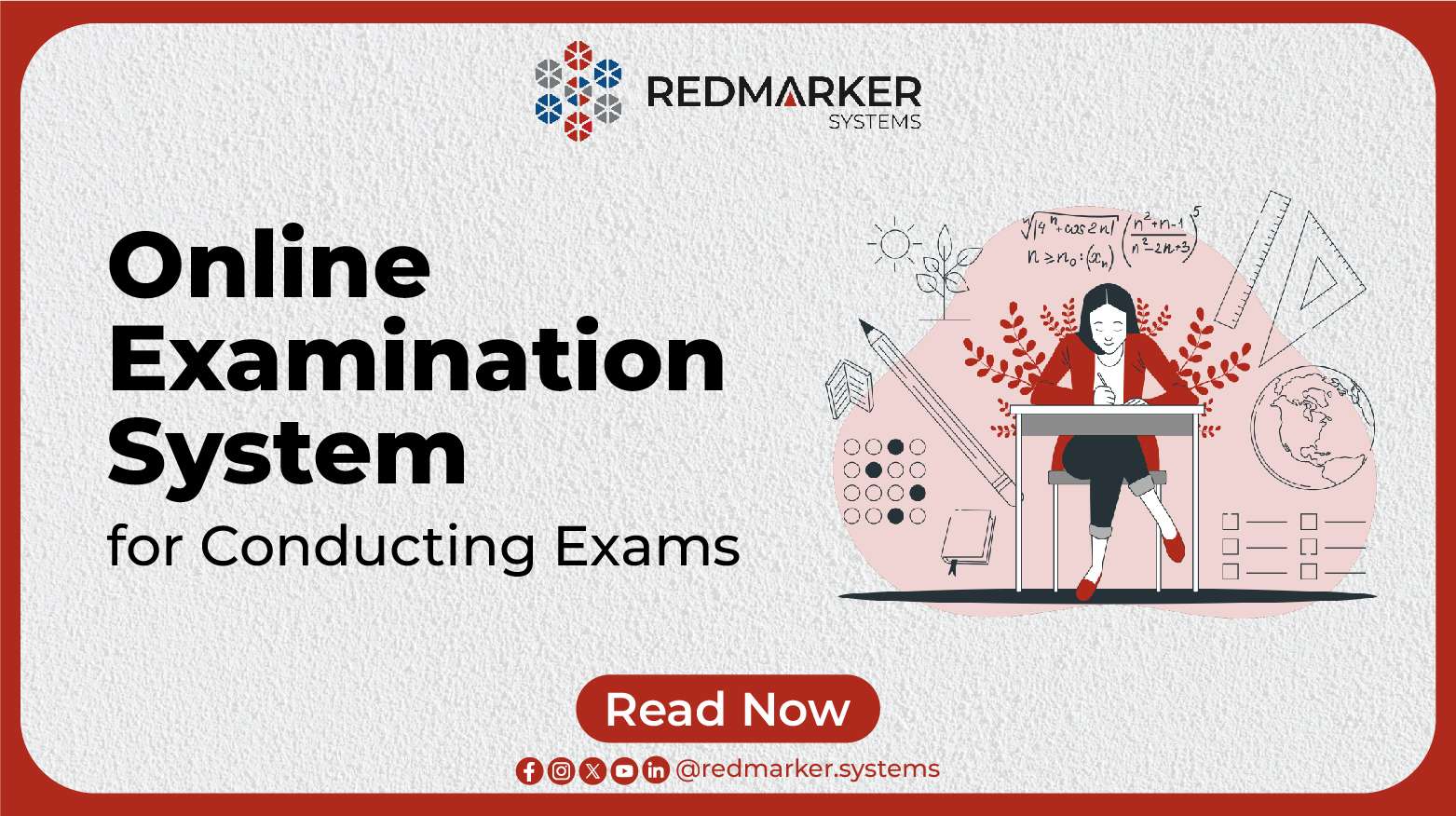Advantages and Benefits of E-Marking: Transforming Assessment in Education
In the ever-evolving landscape of education, the adoption of digital technologies has brought about significant changes in assessment methods. Among these innovations, E-Marking, also known as online grading, digital assessment, or electronic marking, has emerged as a game-changer. In this comprehensive exploration, we will not only uncover the advantages of E-Marking but also highlight the numerous benefits it offers to students, teachers, and educational institutions.
Understanding E-Marking
Before delving into the specific benefits, let’s clarify what E-Marking encompasses;
What is meant by E-Marking?
E-Marking, short for Electronic Marking, is a modern approach to assessing and grading student work in educational settings using digital tools and platforms instead of traditional pen-and-paper methods. This method has gained immense popularity and is transforming the landscape of assessment in education. E-Marking encompasses a wide range of assessments, including exams, assignments, quizzes, and various types of educational tasks.
At its core, E-Marking involves the use of computers and specialized software to evaluate and score students’ responses. It replaces the manual, time-consuming process of teachers or examiners physically reviewing and marking individual paper-based submissions. Instead, E-Marking automates and streamlines this process, offering numerous benefits to students, educators, and educational institutions.
Key Components and Features of E-Marking
Digital Tools and Platforms:
E-marking relies on digital tools and platforms designed for grading and assessment purposes. These can range from dedicated software applications to online platforms integrated with learning management systems (LMS).
Scanning and Data Capture:
In many cases, student responses are scanned or uploaded electronically into the E-Marking system. Optical character recognition (OCR) technology is often used to convert handwritten or printed text into digital format.
Predefined Criteria:
E-marking systems operate based on predefined grading criteria or rubrics established by educators. These criteria outline the specific requirements and expectations for each question or task, allowing for consistent and fair evaluation.
Automation:
E-marking automates the scoring process by applying algorithms and rules defined by educators. These algorithms calculate scores based on how well student responses align with the established criteria.
Immediate Feedback:
Online marking systems can provide nearly instant feedback to students. This rapid turnaround time is a significant advantage as it allows learners to receive feedback on their performance promptly, facilitating quicker learning and improvement.
Analytics and Reporting:
E-marking platforms often include analytics and reporting features. Educators can access data and insights about student performance, track progress over time, and identify areas where students may need additional support.
Security and Integrity:
Ensuring the security and integrity of the assessment process is a top priority in E-Marking. Measures are put in place to prevent plagiarism, cheating, or any form of academic misconduct.
Flexibility:
E-marking is adaptable to various types of assessments, from multiple-choice questions to essay-style responses. It can also accommodate a wide range of subject areas and disciplines.
Accessibility:
Digital assessments can be more accessible for students with disabilities. E-marking systems often include features like screen readers and adjustable fonts to cater to diverse learner needs.
Cost Savings:
E-marking can lead to cost savings for educational institutions by reducing the need for physical paper, printing, and manual labor associated with traditional grading.
In summary, E-Marking is a technology-driven approach to assessment and grading in education that leverages digital tools and platforms to automate and enhance the evaluation process. It offers speed, accuracy, consistency, and the ability to provide timely feedback to students. E-Marking is not only efficient but also aligns with the evolving digital landscape of education, making it a valuable tool for educators and institutions striving to improve the assessment experience for both students and teachers.
The Advantages of E-Marking
E-marking brings a multitude of advantages to the forefront of educational assessment. These advantages include:
Speed and Efficiency
E-marking accelerates the assessment process, providing nearly instant feedback to students. This speed is invaluable in helping learners identify their strengths and weaknesses quickly. Teachers can also use this rapid feedback to tailor their instruction more effectively.
Accuracy and Consistency
One of the significant benefits of E-Marking is its ability to eliminate human errors in grading. Automated systems follow predefined criteria meticulously, ensuring consistent and fair assessments. This accuracy is especially vital when evaluating subjective questions or assignments.
Enhanced Feedback
E-marking systems enable educators to provide more detailed and specific feedback to students. These systems can identify precise areas where students excel and where they need improvement. As a result, learners receive more actionable insights into their performance.
Reduction of Bias
E-marking helps mitigate unconscious bias in grading. The system does not have access to personal information about students, such as their race or gender, ensuring a fair evaluation process. This equity in assessment is crucial for maintaining transparency and fairness.
Cost Savings
E-marking significantly reduces the consumption of paper and other physical resources, leading to cost savings for educational institutions. Moreover, it minimizes logistical expenses associated with the transportation of physical exam papers.
Now, let’s explore the specific benefits of E-Marking for students, teachers, and schools:
Benefits of E-Marking for Students
E-Marking offers several advantages to students:
Timely Feedback
With E-Marking, students receive prompt feedback on their work, enabling them to identify areas where they excel and where improvement is needed. This rapid feedback loop enhances the learning process.
Detailed Insights
E-Marking systems provide more detailed feedback than traditional grading methods. They can pinpoint specific areas where students need to improve, helping learners focus their efforts effectively.
Reduced Bias
E-Marking reduces the risk of grading bias based on personal characteristics, as the system evaluates work anonymously. Students can trust that their assessments are conducted fairly.
Benefits of E-Marking for Teachers
Teachers also reap numerous benefits from E-Marking:
Time Savings
E-Marking significantly reduces the time teachers spend on grading, allowing them to allocate more time to other critical tasks, such as lesson planning and providing personalized feedback to students.
Workload Reduction
Automated grading systems can handle a variety of question types, reducing the manual workload for teachers. This means less time spent on repetitive grading tasks and more time for instructional activities.
Enhanced Accuracy
E-Marking systems enhance grading accuracy by eliminating human errors. Teachers can have confidence in the consistency and reliability of the assessments.
In-Depth Insights
E-Marking provides teachers with comprehensive insights into student performance. They can track progress over time and identify areas where students require additional support, enabling targeted intervention.
Benefits of E-Marking for Schools
Educational institutions benefit in numerous ways from the implementation of E-Marking:
Improved Education Quality
E-Marking leads to better educational quality by providing students with timely and detailed feedback on their work. This feedback loop contributes to enhanced learning outcomes.
Cost-Efficiency
E-Marking reduces costs associated with paper-based assessments, including printing and transportation expenses. Schools can redirect these savings toward educational resources.
Streamlined Assessment
E-Marking streamlines the entire assessment process, making it more efficient and less prone to errors. This efficiency benefits both educators and students.
Incorporating E-Marking into the educational framework brings a host of advantages and benefits, spanning from efficiency and accuracy to equity and cost savings. These advantages extend to students, teachers, and educational institutions, ultimately shaping a more effective and transparent learning and assessment environment.
In conclusion, E-Marking represents a pivotal step in the ongoing digital transformation of education. Its multifaceted advantages and benefits empower educators and institutions to provide higher-quality education, enhance student outcomes, and meet the demands of a rapidly evolving educational landscape. As the education sector continues to embrace digital innovations, E-Marking stands as a beacon of progress, paving the way for a brighter future in learning and assessment.
Frequently Asked Questions (FAQs) about E-Marking
What does e-marking mean?
E-Marking, also known as online grading or electronic marking, is the process of assessing and grading student assignments, exams, and assessments using digital tools and platforms instead of traditional pen-and-paper methods.
How does E-Marking work?
E-Marking typically involves the use of specialized software or platforms that allow educators to input assessment criteria and guidelines. Student work is then digitally submitted, evaluated, and graded according to these predefined criteria. Automated systems and algorithms play a crucial role in streamlining the grading process.
What are the advantages of E-Marking for students?
E-Marking benefits students by providing faster feedback on their work, enabling them to identify areas for improvement promptly. It also offers more detailed insights into their performance and reduces the risk of grading bias based on personal characteristics, ensuring fair assessments.
How does E-Marking benefit teachers?
E-Marking significantly reduces the time and workload associated with grading, allowing teachers to focus on other critical aspects of their roles, such as lesson planning and providing personalized feedback to students. It also enhances grading accuracy and provides teachers with in-depth insights into student performance.
What are the advantages of E-Marking for educational institutions?
Educational institutions benefit from E-Marking through improved education quality, cost savings, and streamlined assessment processes. E-Marking leads to higher-quality education by providing students with timely and detailed feedback. It also reduces costs related to paper-based assessments and enhances overall efficiency in the assessment process.



